Stochastic Models Estimation and Control Volume 1
Front Cover
Stochastic models, estimation, and control
Copyright Page
Contents
Preface
Contents of Volume 2
Notation
Chapter 1. Introduction
1.1 Why Stochastic Models, Estimation, and Control?
1.2 Overview of the Text
1.3 The Kalman Filter: An Introduction to Concepts
1.4 Basic Assumptions
1.5 A Simple Example
1.6 A Preview
General References
Appendix and Problems
References
Chapter 2. Deterministic system models
2.1 Introduction
2.2 Continuous-Time Dynamic Models
2.3 Solutions to State Differential Equations
2.4 Discrete-Time Measurements
2.5 Controllability and Observability
2.6 Summary
References
Problems
Chapter 3. Probability theory and static models
3.1 Introduction
3.2 Probability and Random Variables
3.3 Probability Distributions and Densities
3.4 Conditional Probability and Densities
3.5 Functions of Random Variables
3.6 Expectation and Moments of Random Variables
3.7 Conditional Expectations
3.8 Characteristic Functions
3.9 Gaussian Random Vectors
3.10 Linear Operations on Gaussian Random Variables
3.11 Estimation with Static Linear Gaussian System Models
3.12 Summary
References
Problems
Chapter 4. Stochastic processes and linear dynamic system models
4.1 Introduction
4.2 Stochastic Processes
4.3 Stationary Stochastic Processes and Power Spectral Density
4.4 System Modeling: Objectives and Directions
4.5 Foundations: White Gaussian Noise and Brownian Motion
4.6 Stochastic Integrals
4.7 Stochastic Differentials
4.8 Linear Stochastic Differential Equations
4.9 Linear Stochastic Difference Equations
4.10 The Overall System Model
4.11 Shaping Filters and State Augmentation
4.12 Power Spectrum Concepts and Shaping Filters
4.13 Generating Practical System Models
4.14 Summary
References
Problems
Chapter 5. Optimal filtering with linear system models
5.1 Introduction
5.2 Problem Formulation
5.3 The Discrete-Time (Sampled Data) Optimal Estimator: The Kalman Filter
5.4 Statistics of Processes within the Filter Structure
5.5 Other Criteria of Optimality
5.6 Covariance Measurement Update Computations
5.7 Inverse Covariance Form
5.8 Stability
5.9 Correlation of Dynamic Driving Noise and Measurement Noise
5.10 Time-Correlated Measurement Noise: Perfect Measurements
5.11 Continuous-Time Filter
5.12 Wiener Filtering and Frequency Domain Techniques
5.13 Summary
References
Problems
Chapter 6. Design and performance analysis of Kalman filters
6.1 Introduction
6.2 The Requisite of Engineering Judgment
6.3 Application of Kalman Filtering to Inertial Navigation Systems
6.4 INS Aided by Position Data: A Simple Example
6.5 Doppler-Aided INS
6.6 INS Calibration and Alignment Using Direct Kalman Filter
6.7 Generating Alternative Designs
6.8 Performance (Sensitivity) Analysis
6.9 Systematic Design Procedure
6.10 INS Aided by Navigation Satellites
6.11 Practical Aspects of Implementation
6.12 Summary
References
Problems
Chapter 7. Square root filtering
7.1 Introduction
7.2 Matrix Square Roots
7.3 Covariance Square Root Filter for Qd = 0
7.4 Vector-Valued Measurements
7.5 Covariance Square Root Filter for Qd ≠ 0
7.6 Inverse Covariance Square Root Filter
7.7 U–D Covariance Factorization Filter
7.8 Filter Performance and Requirements
7.9 Summary
References
Problems
Index
Stochastic Models Estimation and Control Volume 2
Front Page
Stochastic Models, Estimation, and Control
Copyright Page
Contents
Preface
Notation
VOLUME 2
Chapter 8. Optimal smoothing
8.1 Introduction
8.2 Basic Structure
8.3 Three Classes of Smoothing Problems
8.4 Fixed-Interval Smoothing
8.5 Fixed-Point Smoothing
8.6 Fixed-Lag Smoothing
8.7 Summary
References
Problems
Chapter 9. Compensation of linear model inadequacies
9.1 Introduction
9.2 Pseudonoise Addition and Artificial Lower Bounding of P
9.3 Limiting Effective Filter Memory and Overweighting Most Recent Data
9.4 Finite Memory Filtering
9.5 Linearized and Extended Kalman Filters
9.6 Summary
References
Problems
Chapter 10. Parameter uncertainties and adaptive estimation
10.1 Introduction
10.2 Problem Formulation
10.3 Uncertainties in Φ and Bd: Lkelihood Equations
10.4 Uncertainties in Φ and Bd : Full-Scale Estimator
10.5 Uncertainties in Φ and Bd : Performance Analysis
10.6 Uncertainties in Φ and Bd : Attaining Online Applicability
10.7 Uncertainties in Qd and R
10.8 Bayesian and Multiple Model Filtering Algorithms
10.9 Correlation Methods for Self-Tuning: Residual "Whitening"
10.10 Covariance Matching and Other Techniques
10.11 Summary
References
Problems
Chapter 11. Nonlinear stochastic system models
11.1 Introduction
11.2 Extensions of Linear System Modeling
11.3 Markov Process Fundamentals
11.4 Itô Stochastic Integrals and Differentials
11.5 Itô Stochastic Differential Equations
11.6 Forward Kolmogorov Equation
11.7 Summary
References
Problems
Chapter 12. Nonlinear estimation
12.1 Introduction
12.2 Nonlinear Filtering with Discrete-Time Measurements: Conceptually
12.3 Conditional Moment Estimators
12.4 Conditional Quasi-Moments and Hermite Polynomial Series
12.5 Conditional Mode Estimators
12.6 Statistically Linearized Filter
12.7 Nonlinear Filtering with Continuous-Time Measurements
12.8 Summary
References
Problems
Index
绝版
Stochastic models, estimation, and control
Copyright Page
Contents
Preface
Notation
Chapter 13. Dynamic programming and stochastic control
13.1 Introduction
13.2 Basic Problem Formulation
13.3 Introduction to Concepts: Overview of Simple LQG Problem
13.4 The Backward Kolmogorov Equation
13.5 Optimal Stochastic Control with Perfect Knowledge of the State
13.6 Optimal Stochastic Control with Noise-Corrupted Measurements
13.7 Summary
References
Problems
Chapter 14. Linear stochastic controller design and performance analysis
14.1 Introduction
14.2 The LQG Stochastic Regulator
14.3 Stability
14.4 Stability of LQG Regulators
14.5 Stability Robustness of LQG Regulators
14.6 The LQG Synthesis of Trackers
14.7 Nonzero Setpoint Controllers
14.8 Rejection of Time-Correlated Disturbances
14.9 The LQG Synthesis of PI Controllers
14.10 Command Generator Tracking
14.11 Performance Evaluation of Linear Sampled-Data Controllers
14.12 Systematic Design Procedure
14.13 The LQG Controller for Continuous-Time Measurements
14.14 Summary
References
Problems
Chapter 15. Nonlinear stochastic controllers
15.1 Introduction
15.2 Basic Problem Formulation and Controller Characteristics
15.3 Linear Perturbation Control Laws for Nonlinear Systems: Direct Application of LQG Synthesis
15.4 Assumed Certainty Equivalence Design
15.5 Closed-Loop Law Approximations and Dual Effect
15.6 Stochastic Adaptive Control
15.7 Design Philosophy
15.8 Summary and Perspective
References
Problems
Index
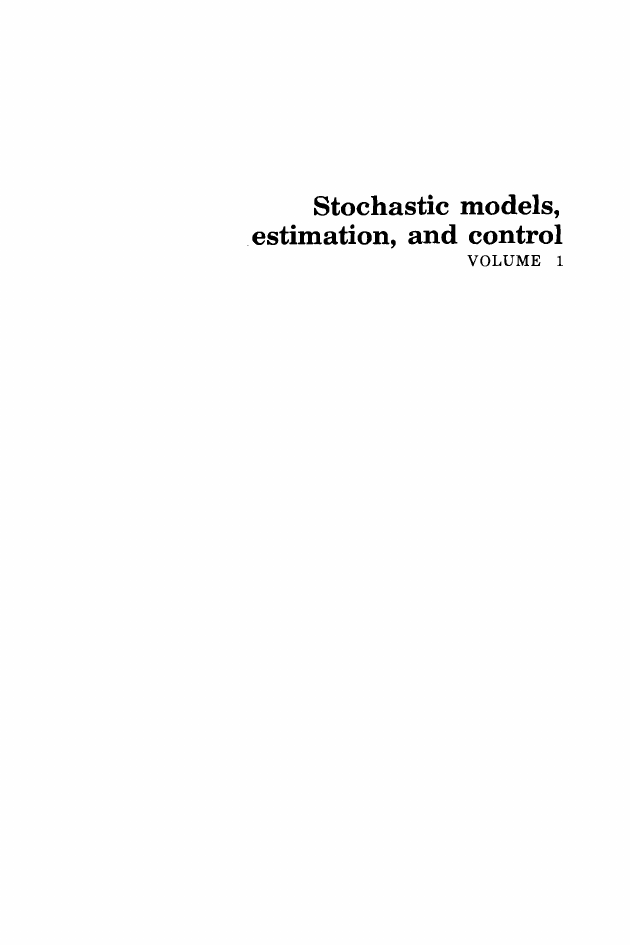
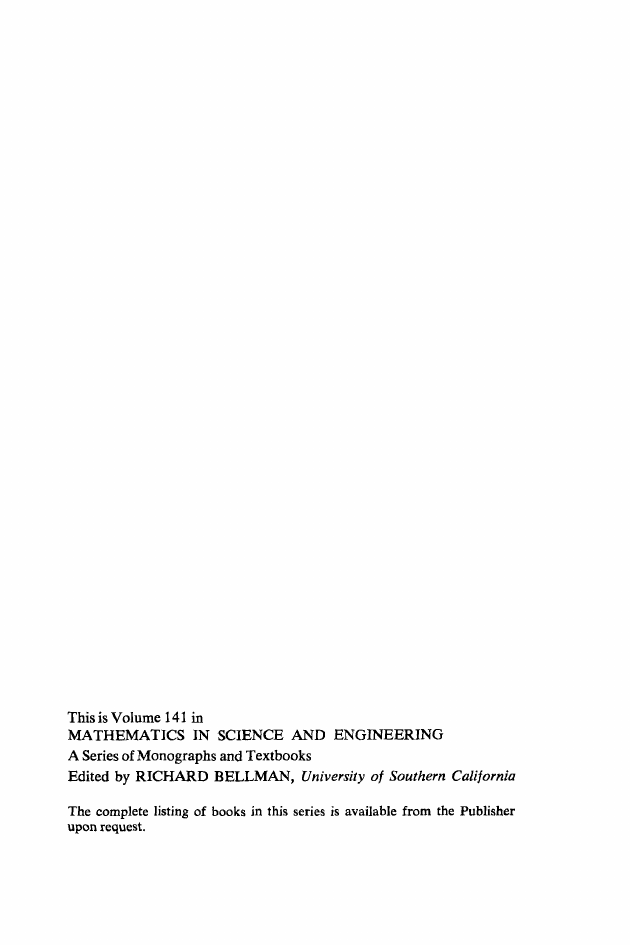
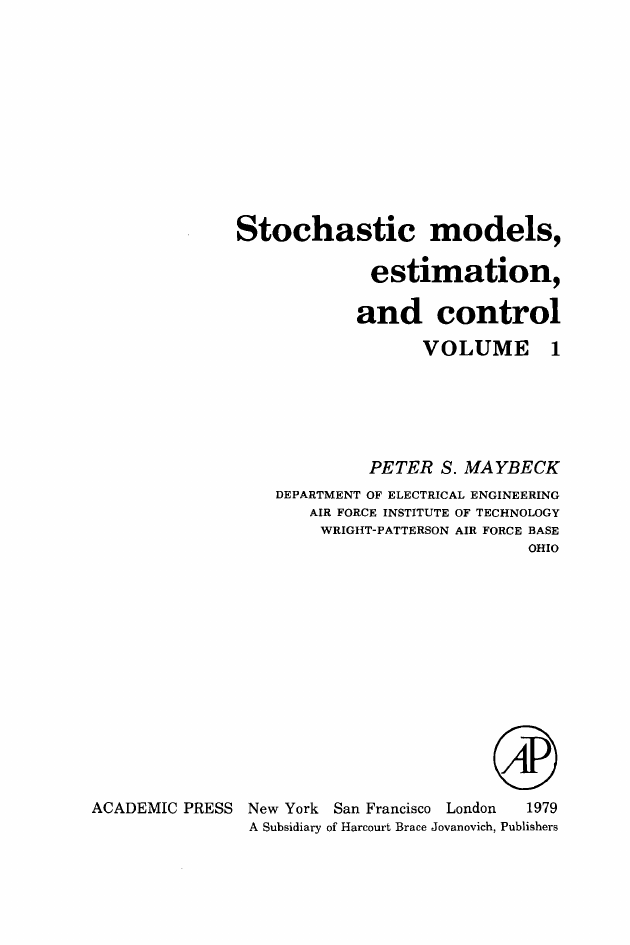
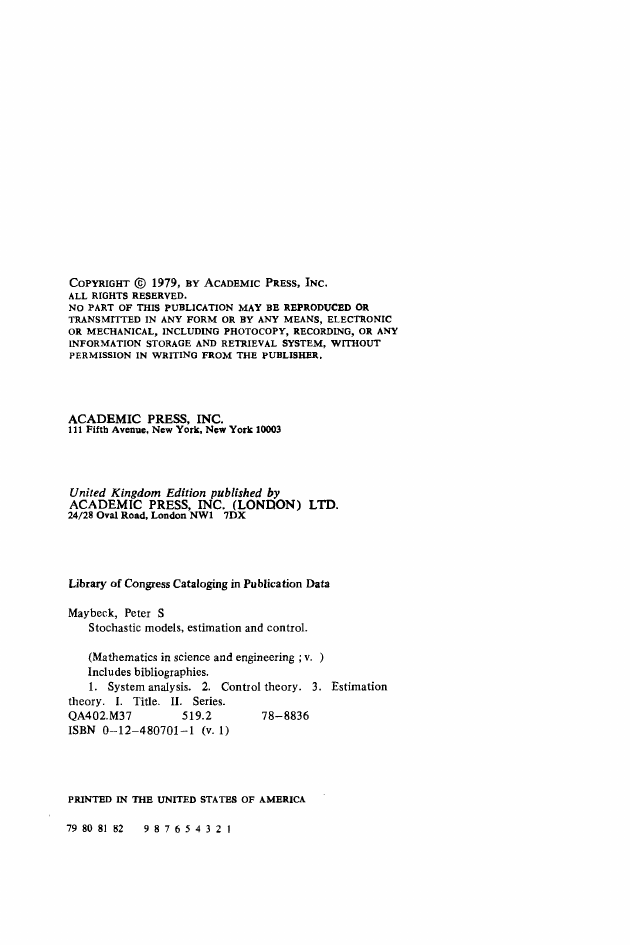


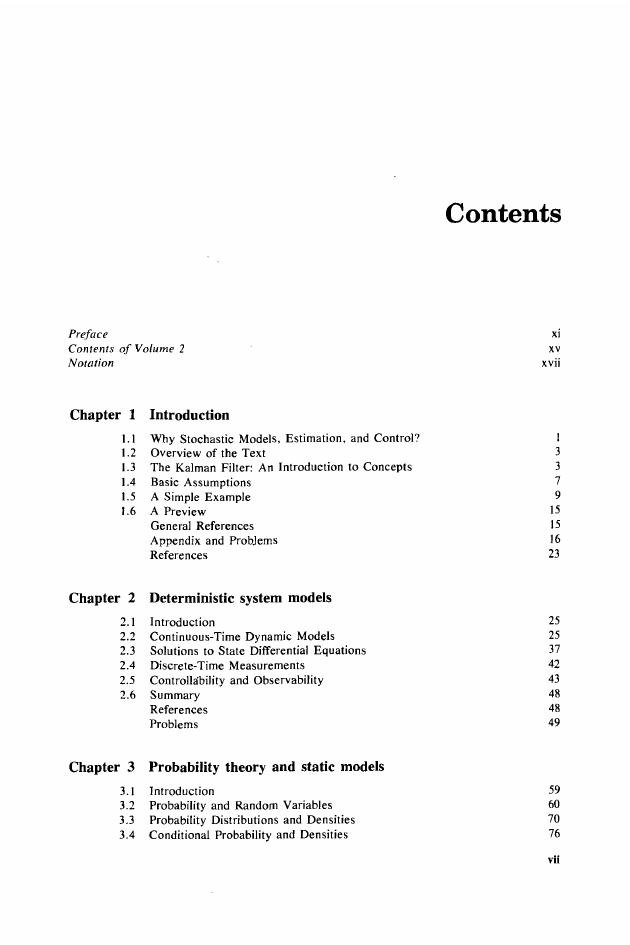
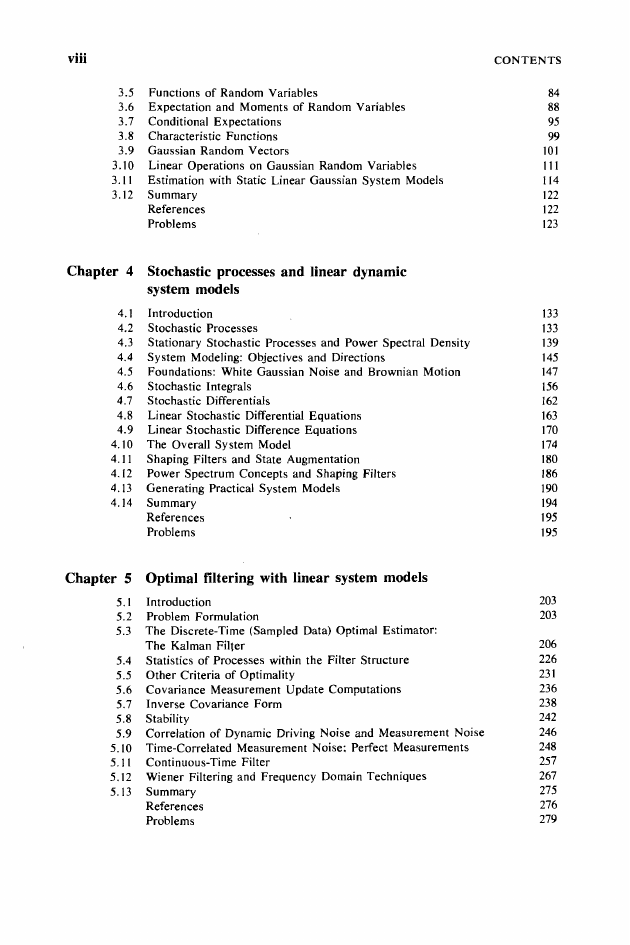








 2023年江西萍乡中考道德与法治真题及答案.doc
2023年江西萍乡中考道德与法治真题及答案.doc 2012年重庆南川中考生物真题及答案.doc
2012年重庆南川中考生物真题及答案.doc 2013年江西师范大学地理学综合及文艺理论基础考研真题.doc
2013年江西师范大学地理学综合及文艺理论基础考研真题.doc 2020年四川甘孜小升初语文真题及答案I卷.doc
2020年四川甘孜小升初语文真题及答案I卷.doc 2020年注册岩土工程师专业基础考试真题及答案.doc
2020年注册岩土工程师专业基础考试真题及答案.doc 2023-2024学年福建省厦门市九年级上学期数学月考试题及答案.doc
2023-2024学年福建省厦门市九年级上学期数学月考试题及答案.doc 2021-2022学年辽宁省沈阳市大东区九年级上学期语文期末试题及答案.doc
2021-2022学年辽宁省沈阳市大东区九年级上学期语文期末试题及答案.doc 2022-2023学年北京东城区初三第一学期物理期末试卷及答案.doc
2022-2023学年北京东城区初三第一学期物理期末试卷及答案.doc 2018上半年江西教师资格初中地理学科知识与教学能力真题及答案.doc
2018上半年江西教师资格初中地理学科知识与教学能力真题及答案.doc 2012年河北国家公务员申论考试真题及答案-省级.doc
2012年河北国家公务员申论考试真题及答案-省级.doc 2020-2021学年江苏省扬州市江都区邵樊片九年级上学期数学第一次质量检测试题及答案.doc
2020-2021学年江苏省扬州市江都区邵樊片九年级上学期数学第一次质量检测试题及答案.doc 2022下半年黑龙江教师资格证中学综合素质真题及答案.doc
2022下半年黑龙江教师资格证中学综合素质真题及答案.doc